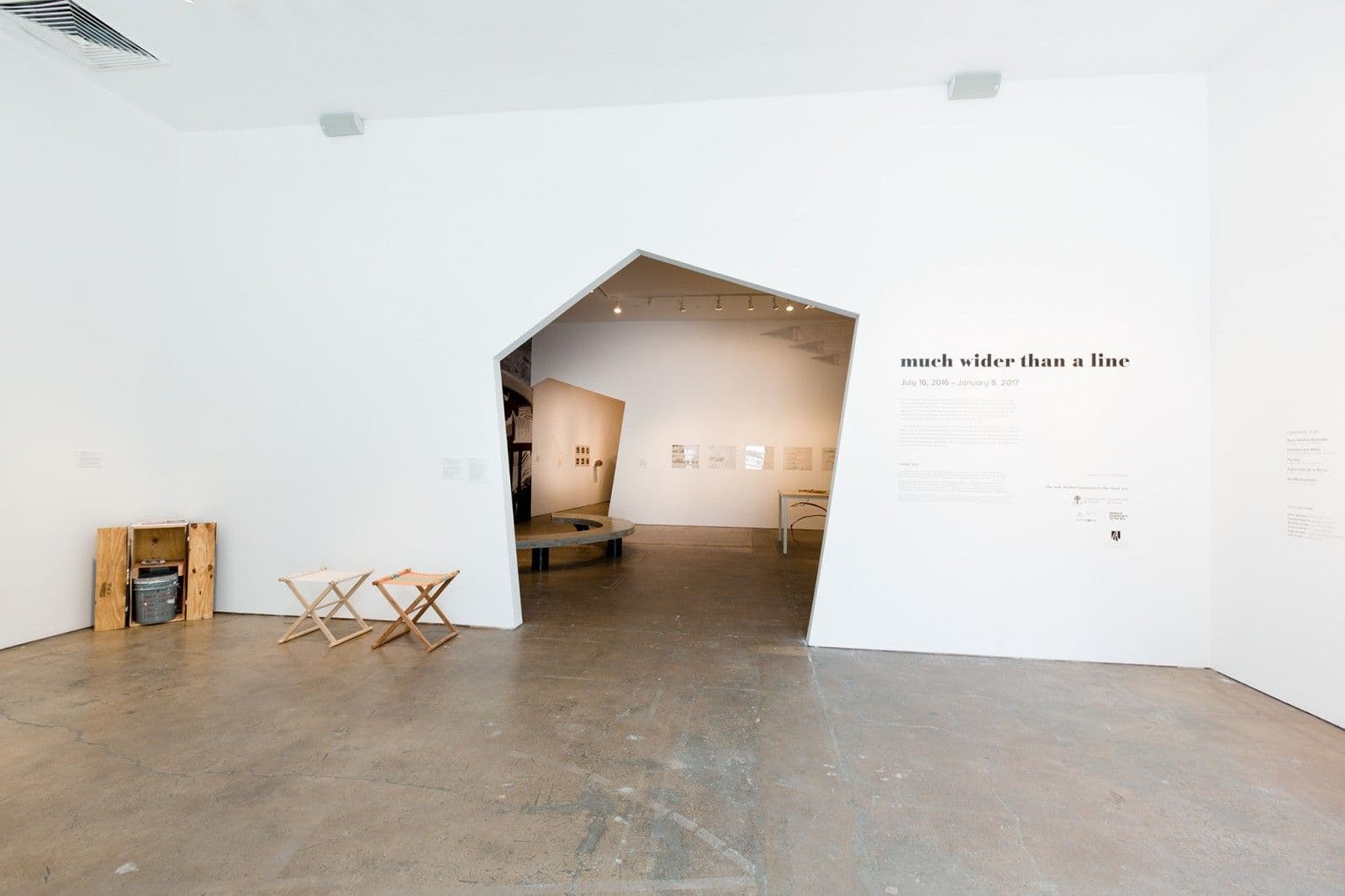Benvenuto Chavajay
Year born:
1978
Location:
San Pedro La Laguna, Guatemala
Guatemalan athlete Dorote Guamuch Flores (1922-2011) was born in Cotió, Mixco, near Guatemala City. He trained himself to become a competitive long-distance runner with daily runs before and after his factory shift. When he participated in the Central American and Caribbean Games, held in Barranquilla, Colombia, in 1946, his name was "simplified" to Mateo Flores-at the time, it apparently was impossible for him to register with his father's Indigenous surname of Guamuch. After winning multiple international races, Guamuch gained international recognition and acknowledgment in his own country when he won the Boston Marathon in 1952. When interviewed in the press, he was consistently referred to as Mateo Flores, and on his return, the national stadium in Guatemala City was renamed Estadio Nacional Mateo Flores.
In the context of the many activist efforts to pressure the government to change the name of the stadium to the hero's original, Indigenous surname, Chavajay has tattooed Doroteo Guamuch Flores's original identification card on his own back. As the artist notes: "It is a demand for recognition and part of healing a wound for Indigenous communities."
In another of Chavajay's powerful works, En Guatemala hay pueblos tan pequeños que caben en la mira de un fusil (In Guatemala There Are Villages So Small That They Fit within the Crosshairs of a Gun), 2014, Chavajay annuls the weapons that trigger the collective memory of trauma and loss in Guatemala and other regions of Central America by rendering pistols in clay and suspending them from the ceiling. The title is taken from a quotation by poet Luis Alfredo Arango that Chavajay installs on the wall beside the array of whole and broken pistols, and refers to the disappearance of entire communities in Guatemala in the violence of the last half-century. In addition to being understood as an Indigenous material, clay serves as a metaphor for the vulnerability of humanity and the fleetingness of life. Over the last few years, Chavajay has made it his mission to honor Indigenous traditions and ways of thinking, being attentive to ancestral spirituality and to the structures and thoughts of his Mayan forebears.
- Rocío Aranda-Alvarado
